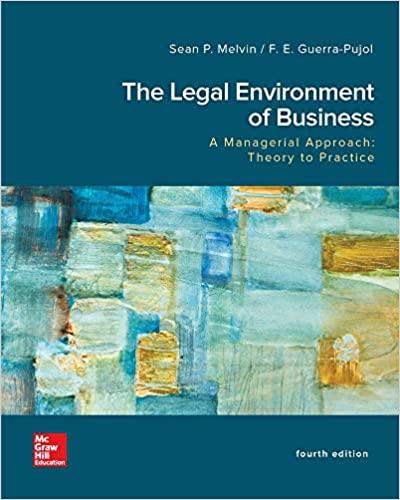Question
The construction loan condition, however, cannot reasonably be limited to subdivision (b), for subdivisions (c) and 868 *868(d) both refer to the terms of subdivision
The construction loan condition, however, cannot reasonably be limited to subdivision (b), for subdivisions (c) and
868
*868(d) both refer to the terms of subdivision (b) and must therefore be interpreted with reference to those terms. Thus, the "balance of the fee" payable "in equal monthly payments" under subdivision (c) necessarily refers to the preceding subdivisions of paragraph 4.[fn. 3]In the absence of evidence to the contrary, subdivision (d), upon which plaintiff relies, must likewise be interpreted to incorporate the construction loan condition (Civ. Code, 1641), for it makes explicit reference to payment under preceding subdivisions by language such as "under the preceding terms" and "partial payment as aforesaid." Subdivision (d) merely provides for accelerated payment upon the happening of a contingency. It contemplates, however, that construction shall have begun, for it provides for prorated payment upon the abandonment or suspension in whole or in part of "any work designed or specified by the Architect." Implicit in the scheme is the purpose to provide, after initial payments, for a series of payments from construction loan funds, with accelerated payment from such funds in the event that construction was abandoned or suspended. Although plaintiff was guaranteed an estimated 25 per cent of his fee if the project was frustrated before construction, further payment was contemplated only upon the commencement of construction. This interpretation is supported by evidence that plaintiff knew that Bristol's ability to undertake construction turned upon the availability of loan funds. Accordingly, the trial court properly determined that payments beyond an estimated 25 per cent of plaintiff's fee for phase two were to be made only from construction loan funds.
Question 1
Why is thyroid-stimulating hormone (TSH) normal or increased
in patients with peripheral resistance to tri-iodothyronine (T3) and
thyroxine (T4)? The thyroid hormone levels are high in these patients, so
the TSH should drop lower: why doesn't it?1814
Question 2
Thyroxine is a peptide hormone used to treat thyroid deficiency and other
thyroid disorders. It is taken orally. Peptides are broken down into amino
acids before being absorbed. What factors cause the thyroxine to remain
stable in the digestive tract so that it is absorbed without being digested?
Question 3
1. Does the absence of bradycardia exclude hypothyroidism?
2. How often is hypothyroidism accompanied by bradycardia?
Question 5
Should patients with hypo- or hyperthyroidism be given iodine
supplements?
Question 5
Is Hashimoto's thyroiditis associated with dementia?
Question 6
I want to know the mechanism that causes anaemia in Addison's disease.
I am unable to find the real cause.
Question 7
What causes hypercalcaemia in Addison's disease?1824
Question 8
In the diagnosis of Cushing's disease using the high-dose dexamethasone suppression test, how can the exogenous steroid suppress
adrenocorticotrophic hormone (ACTH) when the grossly elevated serum
cortisol levels fail to do so?
Question 9
Does alternate-day therapy with steroids decrease their efficacy
compared with daily therapy?
Question 10
Regarding the renin-angiotensin-aldosterone axis, it states that dietary
sodium excess suppresses renin secretion. Then why are we asking
hypertensives to restrict sodium intake? Also if we are using angiotensinconverting enzyme (ACE) inhibitors, the plasma renin activity increases
due to loss of feedback inhibition. Wouldn't that be counterproductive?
Step by Step Solution
There are 3 Steps involved in it
Step: 1

Get Instant Access to Expert-Tailored Solutions
See step-by-step solutions with expert insights and AI powered tools for academic success
Step: 2

Step: 3

Ace Your Homework with AI
Get the answers you need in no time with our AI-driven, step-by-step assistance
Get Started


